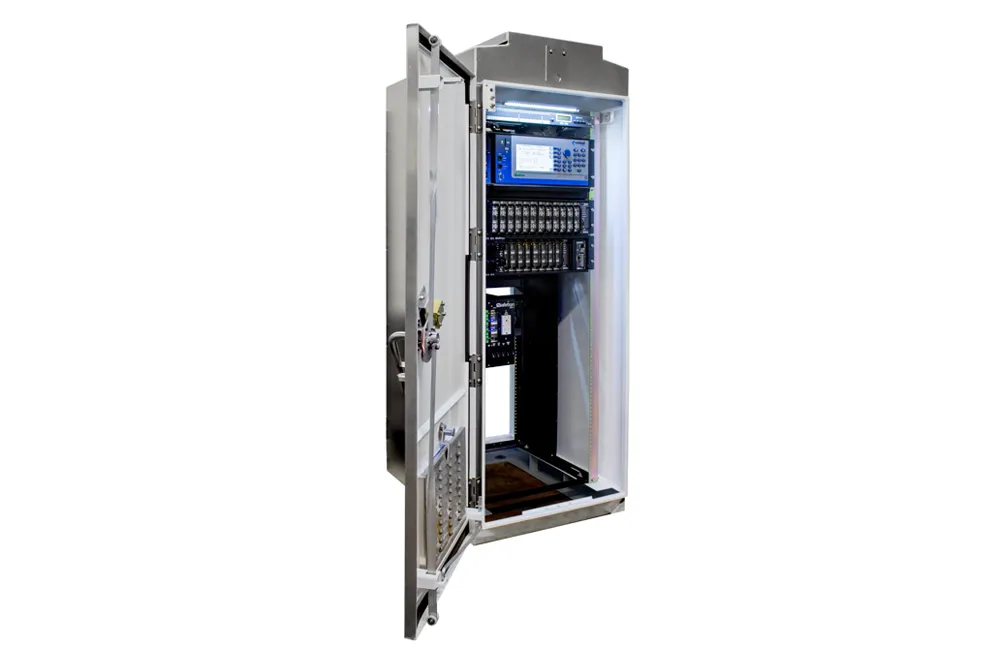Intelligent Transport Systems (ITS) Australia has highlighted the risks to Australian transport safety that would be created by allowing parallel new vehicle and used vehicle imports. The warning is part of ITS Australia’s submission to the Federal Government 2014 Review of the Motor Vehicle Standards Act 1989.
Infrastructure and Regional Development Minister Jamie Briggs’ terms of reference for the 2014 Review emphasises “ . . . reducing regulatory burden (red tape) on business . . .” and whether the Ac
October 31, 2014
Read time: 2 mins
Intelligent Transport Systems (ITS) Australia has highlighted the risks to Australian transport safety that would be created by allowing parallel new vehicle and used vehicle imports. The warning is part of 858 ITS Australia’s submission to the Federal Government 2014 Review of the Motor Vehicle Standards Act 1989.
Infrastructure and Regional Development Minister Jamie Briggs’ terms of reference for the 2014 Review emphasises “ . . . reducing regulatory burden (red tape) on business . . .” and whether the Act “. . . facilitates effective and proportionate compliance by industry and consumers bringing new and used road vehicles to the Australian market for the first time.”
ITS Australia chief executive officer Susan Harris said reducing barriers to used and parallel imported vehicles could have significant unintended consequences for the safety and efficiency of Australian transport.
“Advanced technologies, such as Cooperative Intelligent Transport Systems (C-ITS), make vehicles safer. C-ITS is one of the few technologies effective at preventing dangerous vehicle to vehicle side impact crashes,” she said.
“C-ITS wireless communication technology enables vehicles and surrounding infrastructure to exchange information about precise location, speed and direction. These systems are the next major step forward in reducing road trauma.
“Used and parallel import vehicles brought into Australia will have C-ITS equipment that meets specifications for a different region, not Australia. The C-ITS in such vehicles will not work in Australia. Drivers and purchasers of these vehicles may be unaware that they are missing out on this life saving technology.
“The safety benefit of this technology is intrinsically linked to the ability for two or more vehicles to exchange information wirelessly. The more vehicles that are fitted with this technology – the safer our roads will be.
“Any reduced take-up of C-ITS vehicles would be in direct conflict with the Federal Government’s stated road safety agenda. Reducing barriers to used and parallel imported vehicles puts this safety agenda for Australia at risk,” said Harris.
Infrastructure and Regional Development Minister Jamie Briggs’ terms of reference for the 2014 Review emphasises “ . . . reducing regulatory burden (red tape) on business . . .” and whether the Act “. . . facilitates effective and proportionate compliance by industry and consumers bringing new and used road vehicles to the Australian market for the first time.”
ITS Australia chief executive officer Susan Harris said reducing barriers to used and parallel imported vehicles could have significant unintended consequences for the safety and efficiency of Australian transport.
“Advanced technologies, such as Cooperative Intelligent Transport Systems (C-ITS), make vehicles safer. C-ITS is one of the few technologies effective at preventing dangerous vehicle to vehicle side impact crashes,” she said.
“C-ITS wireless communication technology enables vehicles and surrounding infrastructure to exchange information about precise location, speed and direction. These systems are the next major step forward in reducing road trauma.
“Used and parallel import vehicles brought into Australia will have C-ITS equipment that meets specifications for a different region, not Australia. The C-ITS in such vehicles will not work in Australia. Drivers and purchasers of these vehicles may be unaware that they are missing out on this life saving technology.
“The safety benefit of this technology is intrinsically linked to the ability for two or more vehicles to exchange information wirelessly. The more vehicles that are fitted with this technology – the safer our roads will be.
“Any reduced take-up of C-ITS vehicles would be in direct conflict with the Federal Government’s stated road safety agenda. Reducing barriers to used and parallel imported vehicles puts this safety agenda for Australia at risk,” said Harris.









